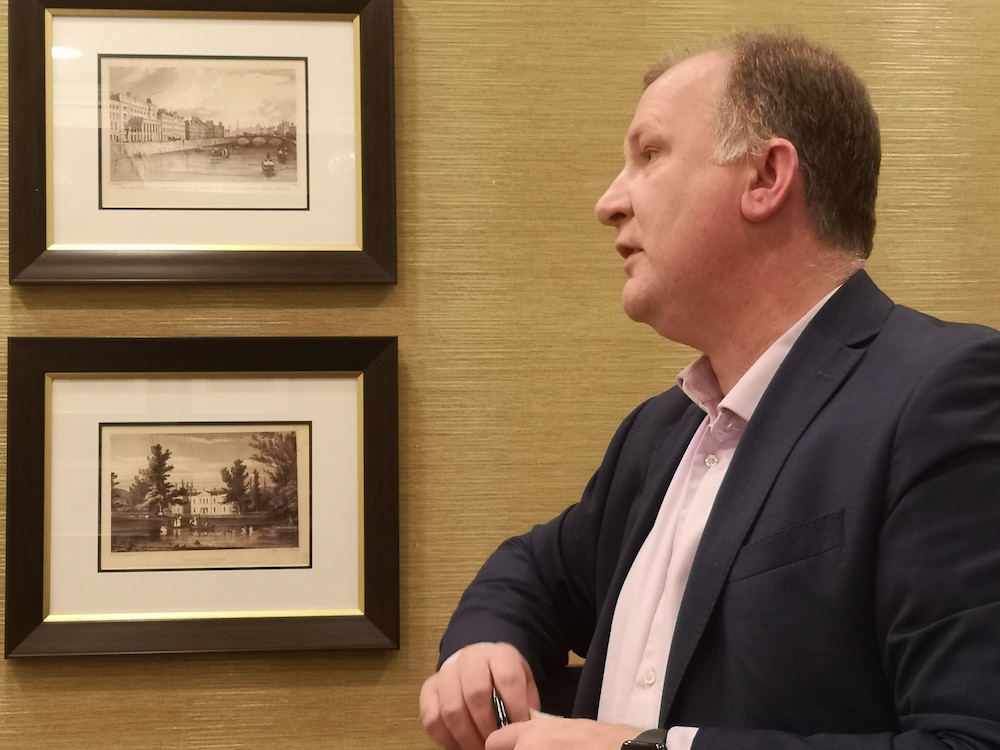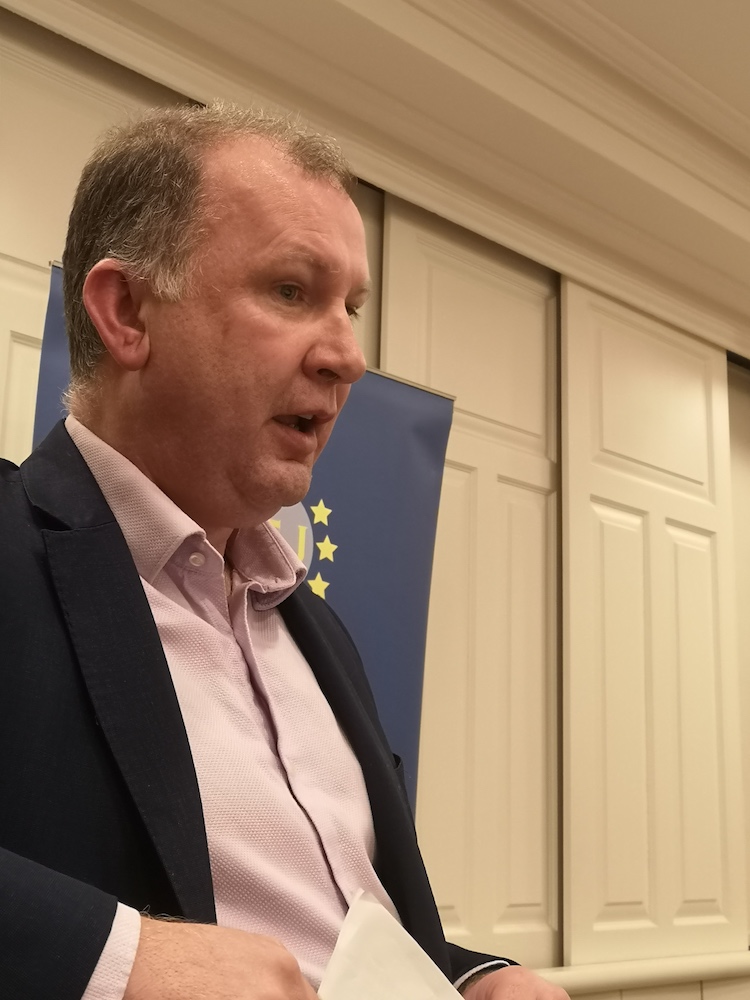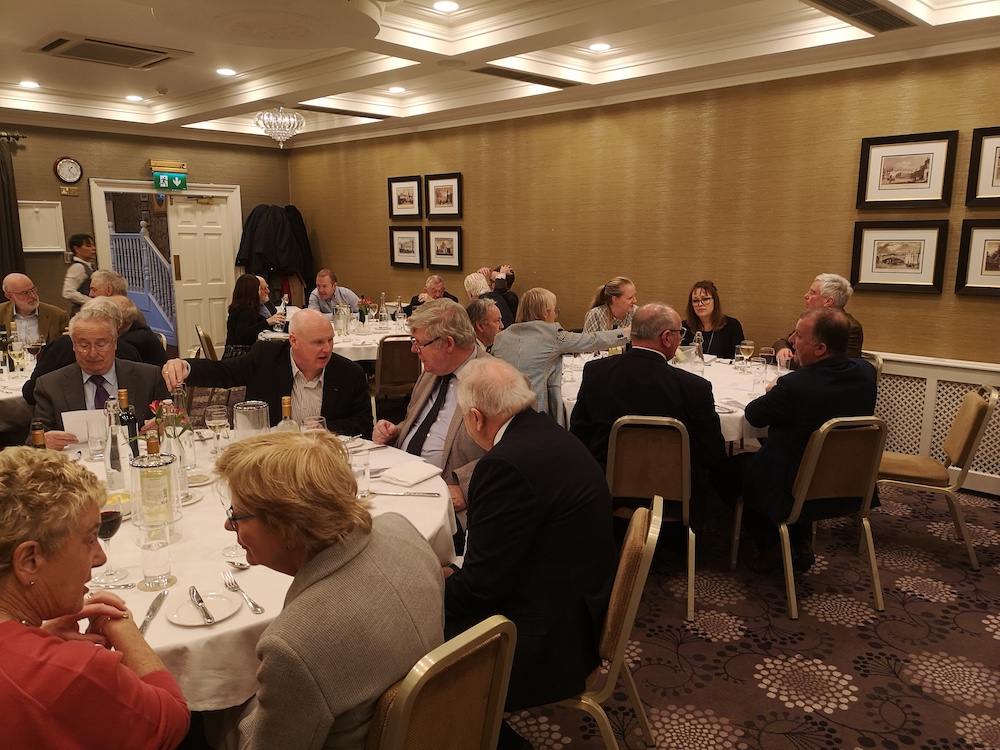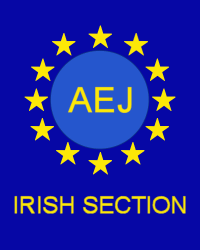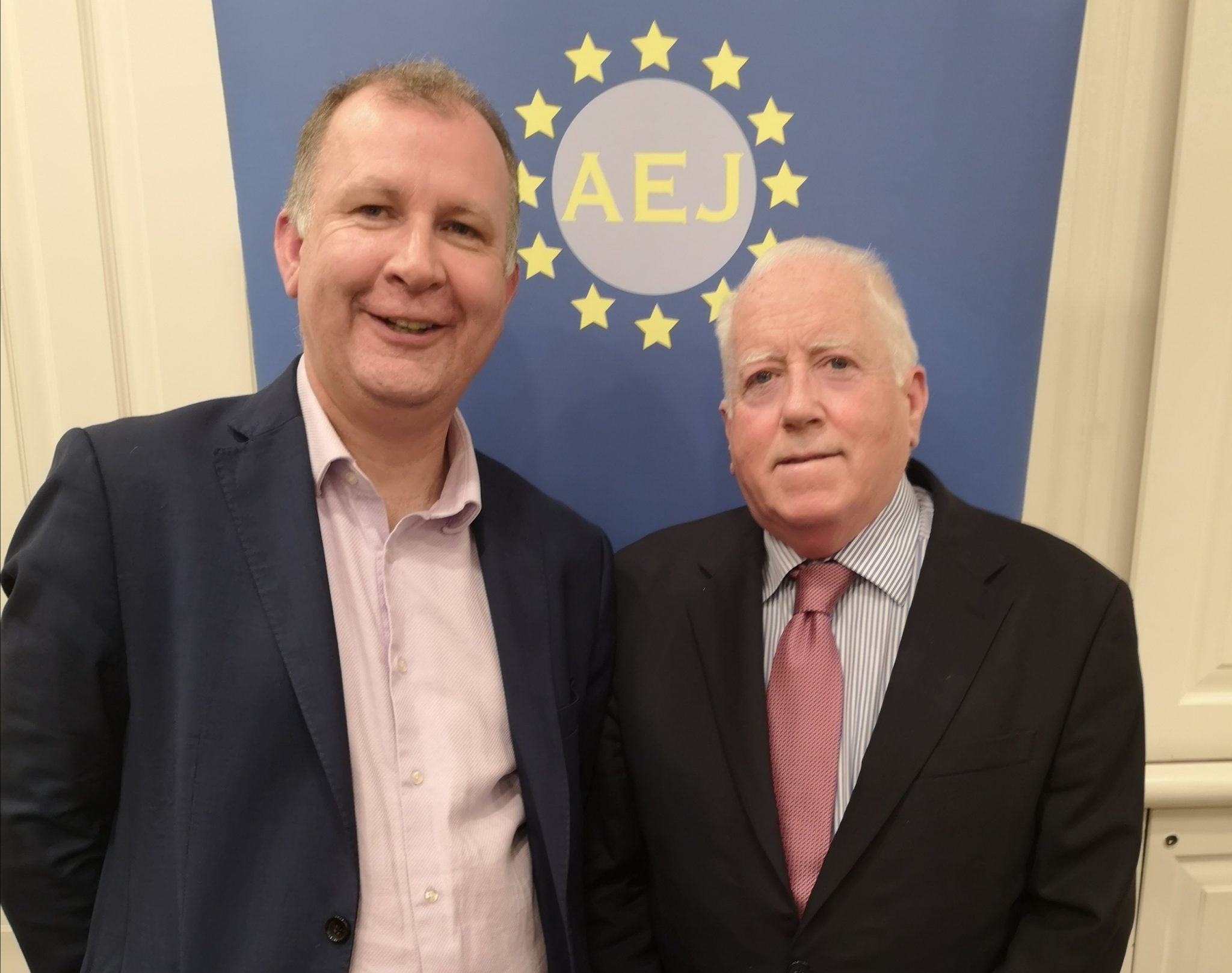The perils of putting a government together after election 2020
Address by Gary Murphy, Professor of Politics at Dublin City University.
31 January 2020
A week out from what looks like it could well be the most transformative election in the state’s modern history I would like to offer up some thoughts on how a government might be put together once the votes are cast and counted.
When voters go the poll on 8 February one of the issues they need to consider is that of government formation after their vote is cast and counted.
The abandonment by Fianna Fáil of its mantra of single party government after the 1989 general election opened the way for it to form governments with the PDs, Labour and the Greens over the following two decades. Perpetual Fianna Fáil led government with it leading coalitions of differing other parties after each election seemed inherently plausible.
From the time it first entered government in 1932 there was a remarkable consistency to Fianna Fáil’s vote. It was literally guaranteed around 40 per cent of the first preference vote in every election it fought. It even managed to get over 50 per cent twice in 1938 and 1977. When it entered coalition in 1992 and 1997 its vote was at just over 39 per cent.
In every election from 1932, when it entered government for the first time, up to its implosion in 2011 it attracted the largest number of votes and was Western Europe’s most successful political machine.
The economic crash changed all that. 2011 was the third most volatile election in post war European democracies precisely because of the collapse of Fianna Fáil. Ireland in 2011 scored 29.6 on the electoral volatility scaele. This was only surpassed by Italy in 1994 with a score of 36.7 when the Christian democrats and socialists both collapsed and Berlusconi came to power and the Netherlands in 2002 with a score of 30.7 when there was a populist revolt led by Pym Fortuyn.
After the first week of campaigning in this election many pundits were very bullish about Fianna Fáil’s chances of a return to the glory years. It was odds on with the bookmakers to win the most seats and many are predicting it will break the sixty seat mark. Less than a decade after being routed by the electorate, amidst doubts about its very survival, the holy grail of government now seems within grasp for Ireland’s soldiers of destiny.
The second week of the campaign, however, has shown the Sinn Féin surge to be real. There is not a real danger for Fianna Fáil that it will lose votes and seats to Sinn Féin who have been able to capitalise on the electorate’s mood for change in a way that Fianna Fáil have not. In that context confidence and supply has been draining for Fianna Fáil.
With a week to go what is clear is that this campaign is mattering perhaps more than any other in the history of the state. For the first time since the 2007 general election there is a clear contest as to which of the two main parties will win the most seats and who will be Taoiseach. Winning the most seats will put either Leo Varadkar or Micheál Martin in the driving seat to form the next government.
The unknown question at this stage remains whether the Sinn Féin poll surge will translate into seats. We know that Sinn Féin tends to underperform their poll results at election time and Fianna Fáil outperform. The big difference this time is that Sinn Féin’s Mary Lou McDonald is enjoying a much better campaign that Gerry Adams did in either 2011 or 2016 when he was unable to answer even basic questions about his party’s manifesto. McDonald by contrast is quite comfortable defending the current Sinn Féin manifesto and the party has run an almost American presidential campaign around her. Thus it is quite possible that the high poll ratings for Sinn Féin are real and will manifest themselves at the ballot box.
Nevertheless, it is reasonable to assume that Fianna Fáil will get the most seats. The potential remains that a late swing to Fine Gael could narrow the gap significantly. While the expected Green surge has not materialised they still seem in a position to get into double figures. Labour and the Social Democrats are competitive in about ten constituencies. Independents both of the left and of rural Ireland will be hoping to capitalise on the demand for change.
Given all this it is difficult to predict government formation but it is all but certain that either Fianna Fáil or Fine Gael will lead the next government. The main question is how will they get there. There are three routes; an overall majority, a coalition with one or more parties, or a minority government supported in a confidence and supply arrangement.
The first option is impossible.
The second option comes with grave risks for both parties and their potential partners.
To form any type of coalition government Fianna Fáil and Fine Gael will need a minimum 55 seats. This leaves 25 seats to be found amongst coalition partners to reach the magical number of 80 for a majority in the Dáil.
There are a number of scenarios where this could happen.
One – a grand coalition between the two parties which have led every government in the state’s history. There is virtually no chance of this happening. While Enda Kenny did offer Micheál Martin this option during the 2016 government negotiations it was never taken very seriously by Fianna Fáil. Nothing has changed in the meantime to make this a realistic prospect.
Two – either of the main parties coalesce with Sinn Féin. It is difficult to see this happening given the vehemence with which both Varadkar and Martin have ruled it out. It is also extremely unlikely that either party could get it through a special ard fheis or other such meeting of grass roots activists for approval. And then there is no guarantee that Sinn Féin could get it through an ard fheis of their own party members, particularly if they were some significant numbers of seats behind either Fianna Fáil or Fine Gael.
Three – a coalition between either of the main parties, the Greens and Labour. This was the option advanced by Finian McGrath as he said farewell to the Dáil and for which he was accused of disloyalty by his fellow departing independent alliance colleague John Halligan. Such a coalition option might not even have the numbers to make 80 and could need to include perhaps the Social Democrats and a few independents.
There are various problems with this option. The larger the coalition hydra the more difficult it is to form in the first place and to then keep together. Three headed coalitions worked between Fine Gael, Labour and Democratic Left from 1994 to 1997 and between Fianna Fáil, the Greens and the PDs from 2007 to 2011.
It is noticeable that two of these parties no longer exist while of the other two Labour was fatally damaged by its participation in the 2011-16 government and the Greens barely survived their one outing in government.
If history teaches us anything about electoral politics since Fianna Fáil embraced coalition it is that smaller parties should adopt the mantra of caveat emptor. It could well turn out to be the case that Fianna Fáil and Fine Gael will find themselves with no coalition dance partners when it comes to trying to form a government.
While it is reasonable to suggest that both Eamon Ryan and Brendan Howlin desperately want to be in government there is no guarantee that they could persuade their fellow members and activists to enter coalition given the recent grim history of both parties in office.
That leaves the third option of one of the main parties leading a confidence and supply minority government with the support of the other. Brexit was the glue which held the last government together. It is difficult to see another such agreement lasting any similar length of time.
In that context the possibility of a return to the instability of the early 1980s when there were three elections in eighteen months looms large. With a week to go the suspicion remains that there is much to play for with large numbers of people yet to make up their mind.
Whatever happens we can be certain that the party system which fractured in 2011 after the economic crash is now fully broken with the polls showing that Fianna Fáil and Fine Gael won’t even have the support of 50 per cent of the people between them. That is why this election has the potential to be the most extraordinary in the state’s history.
